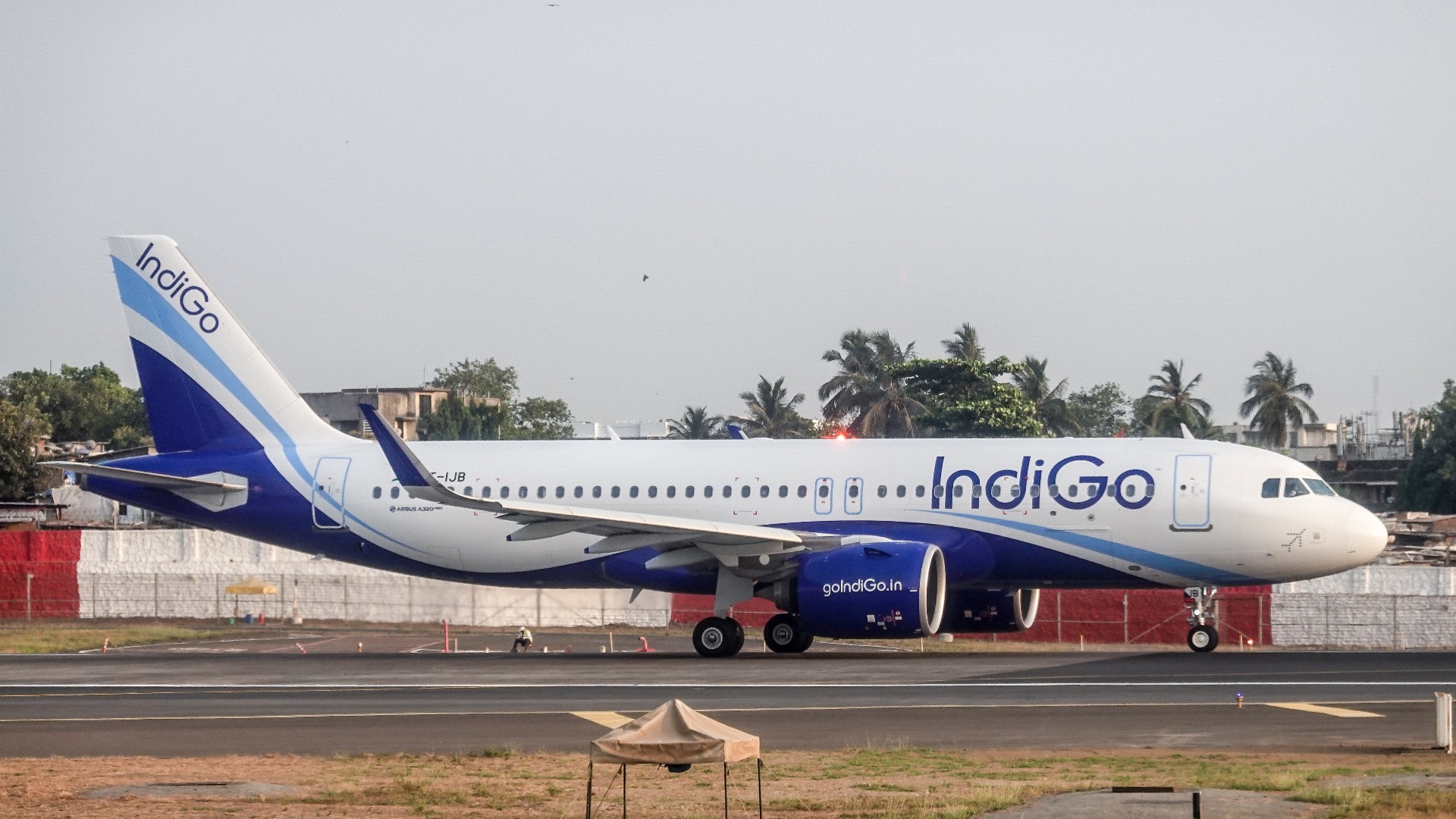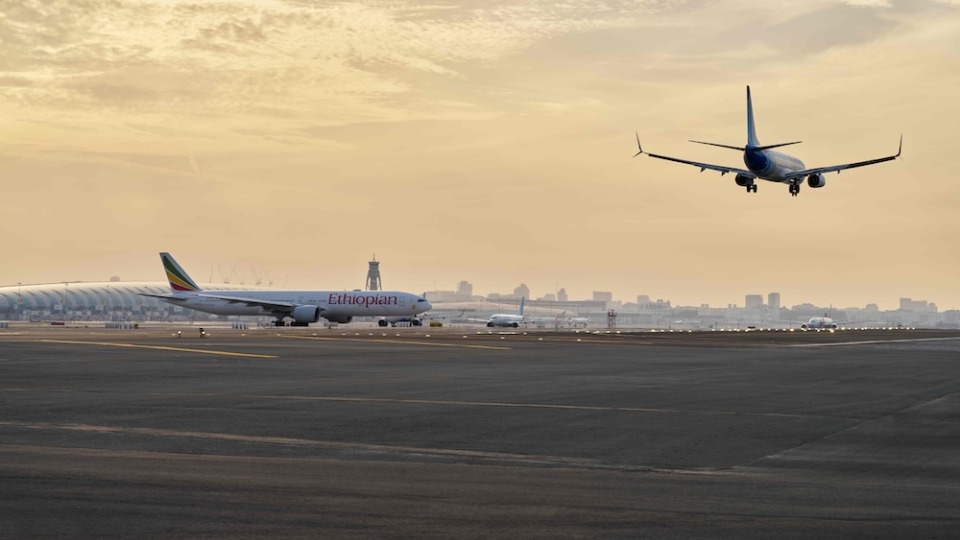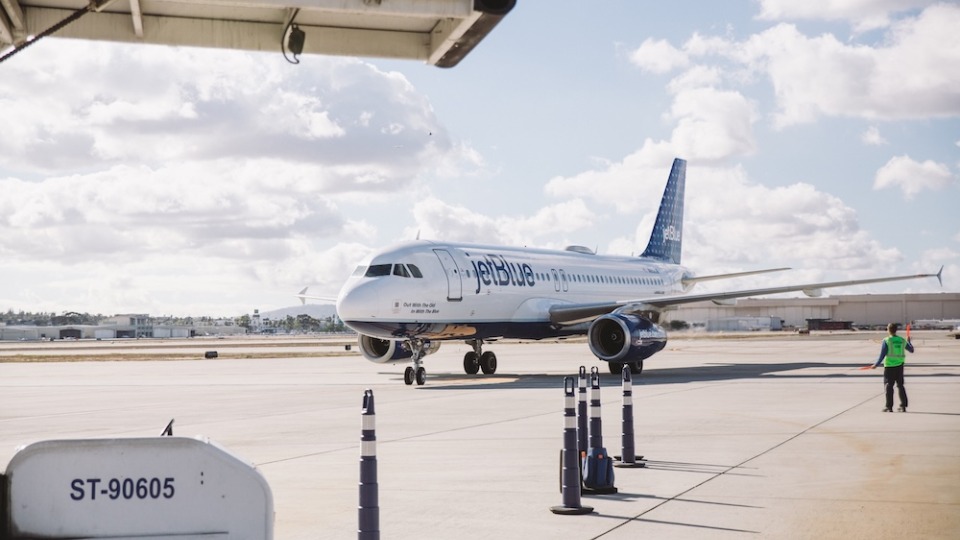
IndiGo and Ryanair Take the Lead in Global Capacity Revival

In October, global seat capacity trails 2019 levels by just under 1%, with rapid growth occurring in key Asian markets.
After an eventful but bustling summer in the northern hemisphere, the global commercial aviation sector appears to be in robust health. Although seat capacity has steadily increased on a month-to-month basis, it remains shy of 2019 figures. Notably, eleven of the world's Top 20 airlines are still striving to catch up to their October 2019 performance.
Notably, China is the standout performer. According to the OAG's October Airline Frequency and Capacity Trend Statistics report, October's capacity rose by 2.1% compared to the previous month and lags behind October 2019 by just 0.8%. The scheduling analysis by OAG predicts that this month, global seat capacity will reach 490.5 million, primarily due to the efforts of airlines in North East Asia, which encompasses China. This region has added 4%, bringing its total capacity to 107.7 million seats.
In the Asia-Pacific region, there are 180.7 million available seats this month. While there has been some gradual recovery in South East Asia, the broader region contributes 37% to the global capacity. The North East Asia region, led by China and including Japan, South Korea, and Taiwan, accounts for 60% of Asia-Pacific's total capacity but is still slightly behind 2019 levels by 0.2%.
With the elimination of perplexing border and travel restrictions in China, major carriers like China Eastern, China Southern, and Air China have surged ahead of their 2019 performance and demonstrated robust growth in October. Outside of China, other North East Asian carriers such as Japan Airlines, China Airlines, Korean Air, and Asiana Airlines have also fared well.
In Europe, October's capacity stands at 123.8 million, with 87% of these seats provided by Western European airlines. This combined region represents 25% of the global capacity but remains below 2019 levels, with Eastern and Central Europe experiencing a 16.5% decline, and Western Europe a slight 0.1% decrease. In North America, 109.8 million seats are available, equating to 22% of the global capacity, which is 3.3% more than in October 2019, with a healthy 4.6% monthly growth rate.
How are airlines performing?
The report reveals that among the world's 20 largest airlines, eleven are operating with lower frequencies than in October 2019, with six of them originating from North America. These airlines include American Airlines (-13.7%), Delta Air Lines (-14.7%), United Airlines (-14.1%), Alaska Airlines (-14.1%), Air Canada (-31.4%), and JetBlue (-7.6%). Also striving to recover are easyJet, Lufthansa, All Nippon Airways, British Airways, and Azul Airlines.
In terms of recovery compared to 2019, the frontrunners are IndiGo (+31.2%), Ryanair (+29.8%), Air China (+27.4%), Southwest Airlines (+10%), and Turkish Airlines (+9.5%). Other airlines surpassing their pre-pandemic frequencies are China Southern, China Eastern, LATAM, and Japan Airlines.
The top five country pairs are Spain-United Kingdom, Mexico-USA, Germany-Spain, Canada-USA, and Germany-Turkey. The Mexico-USA pair boasts 3.32 million seats in October, marking a 27.8% increase over October 2019 and an 11.2% growth compared to the previous month. Meanwhile, the Spain-UK pair offers 4.7 million seats, representing a 4.7% decrease from the previous month but still a 2.9% improvement compared to 2019.
Out of the ten largest domestic markets, five have more capacity than in 2019, with China leading the way at 14.6% more seats, followed by Brazil at 12.8%, and Vietnam with an 8.1% increase compared to 2019. Canada ranks as the least recovered domestic market among the top 10, experiencing a 13.7% capacity decrease compared to October 2019.
Source: simpelflying.com








